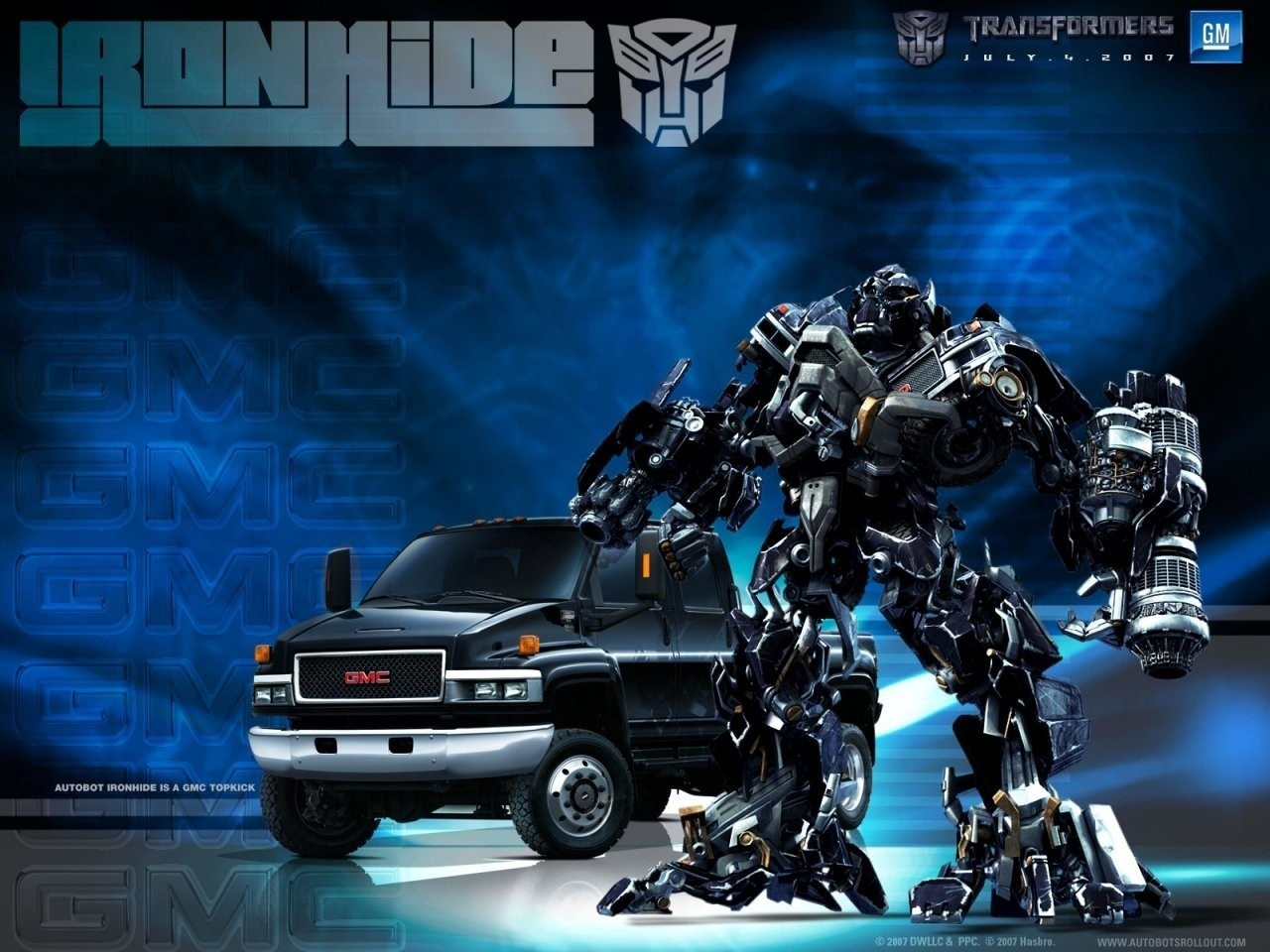

Parenthood (past the point of creation) or distinct family units in the social sense are very rare in Transformer fiction. This may be the norm of all Transformer adolescence outside of a wartime situation, though that is only speculation. Transformers: Cybertron introduced the concept of Primary programming as sort of an elementary school period which newly created Transformers go through to facilitate their introduction into society. Most continuities have shown newborn Transformers being pretty much immediately thrust into their new lives and combat duties (though this haste may be a result of wartime necessity and not indicative of pre-war society).
#Transformers that died in 1 2 3 4 full#
Almost invariably, a new Transformer comes into being as a fully formed "adult" (actual maturity varies according to the individual, usually from early adolescence to full maturity as we humans would reckon it), preprogrammed with a complete personality and most of the basic knowledge necessary to survive and socialize in the world. Life begins.įrom most of what we have seen, the species seems to have very little concept of childhood as humans know it (perhaps explaining why the Autobots are so prone to taking human children into harm's way). Regardless, at a certain point, these newly constructed forms are either "switched on", infused with life from an outside source (see Reproduction), or scan an alternate form, and solidify into a finished, mechanical robotic form. In Beast Wars II, protoforms stand and move on their own, but in a sort of mindless, zombie-like manner, despite hosting pre-existing sparks. It is possible that this is something that monitors a protoform, as it is the only baby-like stage Transformers appear to experience. References have been made to someone being "weak as a protoform cybertron" and something being "so easy a freshly fissioned protoform could use it." The Marvel comics make reference to a " Mecha-minder" in a fashion that suggests a pram or other baby-related device.

Protoforms, though functional, seem to be fairly simple, non-sentient, weak, and fragile. It might be speculated that the needs and realities of the wartime situation in the early Generation One material necessitated the skipping of the usual protoform stage. Since their conception, protoforms (like sparks) have become a recurring facet of Transformer technology spread to post- Beast Wars continuities and have been applied "backwards" to new Generation One fiction created following their introduction. (In Beast Wars, they appeared as mostly smooth, mannequin-like shapes with an outer layer that resembled liquid metal.) These simple "skeletal forms," as they are described in the Dreamwave More than Meets the Eye guide, are kept covered in nutrient gel within stasis pods that nurture and protect their apparently fragile forms.

In the Generation One cartoon and Marvel comics, these are always shown as being complete, fully mechanically built and functional, though lifeless, robotic bodies.īeast Wars, along with introducing sparks, introduced the concept of a " protoform": an unfinished, "embryonic" Transformer body. In most cases, the road to Transformer life begins with the purposeful construction of a body by an existing individual or group.

In general, these are either non-sexual (mechanical) or asexual in nature. Various means of Transformer reproduction have been showcased in a variety of continuities.


 0 kommentar(er)
0 kommentar(er)
